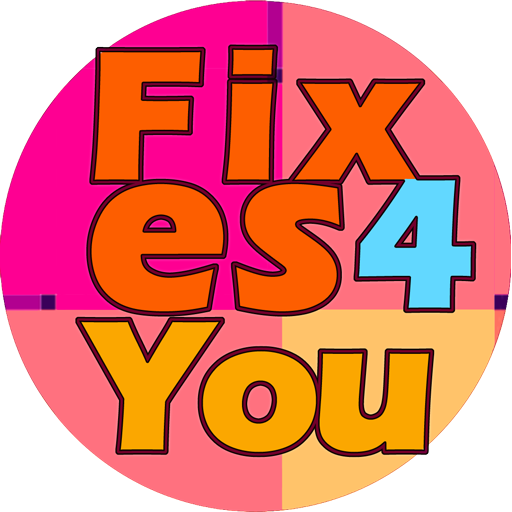When ___ throws unexpected curveballs, it’s easy to get caught up in a whirlwind of worry and frustration. However, neuroscientist and bestselling author Anne-Laure Le Cunff has introduced a game-changing tool to help regain control and perspective: the “consequence cascade.” This simple yet profound technique involves using the phrase “so what” to navigate down the list of consequences when things go awry, and identifying actionable steps to mitigate the situation.
The consequence cascade is built on the idea that by acknowledging and accepting the initial problem, we can begin to break it down into manageable parts. For instance… imagine you’re hosting an event in a few hours and the caterer suddenly cancels. By asking “so what,” you can quickly shift your focus from panic to problem-solving. So what?
You need to find an alternative solution – perhaps there’s a nearby restaurant or a delivery service that can save the day. So what? The food might not be exactly what you had envisioned, “but at least your guests will be fed.” By applying the consequence cascade, “you’ll be amazed at how quickly you can transform anxiety into action.” This powerful tool helps you prioritize what you can control… and Le Cunff’s approach is a refreshing reminder that things aren’t always as dire as they seem.

More details: See here
Consultants might recommend that individuals and teams adopt the consequence cascade technique as a stress-reduction and problem-solving strategy. By incorporating this tool into daily —, people can develop a more resilient mindset and improve their ability to navigate unexpected challenges. According to experts in organizational development, such as those at Harvard Business Review, cultivating a growth mindset and learning to reframe obstacles as opportunities can have a significant impact on overall well-being and productivity.
The Society for Human Resource Management also emphasizes the importance of emotional intelligence and stress management in the workplace, suggesting that techniques like the consequence cascade can be a valuable addition to employee wellness programs. By teaching employees to focus on what they can control and break down complex problems into manageable parts… organizations can foster a more agile and adaptive work environment.
• • • •
This tool will help you focus on what you can control—and help you to see that things aren’t as bad as you think.
I recently learned of a powerful tool recently from Anne-Laure Le Cunff, neuroscientist and bestselling author of Tiny Experiments.











